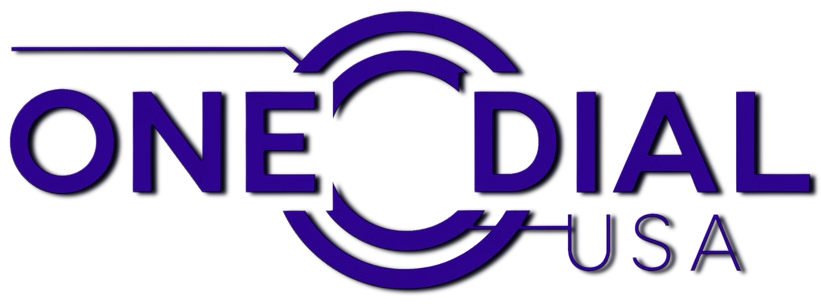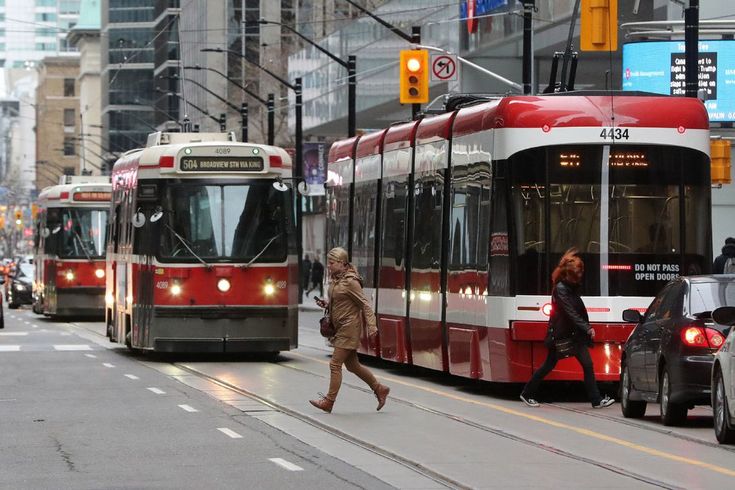- Admin
- Apr 08, 2025
- Government & Public Services
Highly Rated Public Transport Options in Denver
Best OF Top 10 Public Transport Options in Denver
Denver, the capital of Colorado, offers a highly functional and expanding network of Public Transportation Services Denver that support both the daily commute and citywide accessibility. These services not only serve the people but are integral to Government Services Denver, Public Administration Services Denver, and Community Development Programs Denver. As part of the backbone of Municipal Services Denver, they contribute significantly to shaping a smarter, greener, and more connected city.
From light rail systems to electric buses, each component of Denver's transit system is strategically aligned with Public Sector Agencies Denver, Urban Planning Organizations Denver, and even Environmental Protection Agencies Denver, reinforcing their critical role in urban sustainability, accessibility, and infrastructure.
Efficient Transportation Networks Powering Denver
Denver’s ability to move millions safely and reliably reflects the strength of its Infrastructure Development Services Denver. The city has consistently prioritized mobility through strategic collaboration with Public Works Departments Denver, Regulatory Agencies Denver, and Government Contracting Firms Denver. These partnerships ensure quality transport systems, quick response to commuter needs, and the integration of smart technologies across services.
Denver's transportation framework also contributes to Emergency Response Services Denver, ensures support for Citizen Support Services Denver, and even aligns with Energy Conservation Programs Denver.
Public Transport's Role in Social Services
Public transport in Denver is much more than a convenience—it's a social asset. Whether it’s helping residents commute for healthcare, work, or recreational activities in Parks And Recreation Services Denver, the city's transit plays a pivotal role in accessibility. Services like reduced fares for seniors and veterans reflect collaboration with Social Welfare Organizations Denver and Veteran Support Organizations Denver.
These options support those involved in Public Health Services Denver, Legal Aid Organizations Denver, and Housing And Urban Development Agencies Denver, by providing affordable, efficient mobility—thus improving quality of life and accessibility to vital resources.
Citywide Connectivity and Planning
A seamless transportation experience cannot be realized without strong planning and administrative foresight. Denver’s transportation system is continually shaped by City Council Offices Denver, who ensure alignment with budget allocations and Government Grant Services Denver. Funding through Taxation And Revenue Services Denver ensures new developments in stations, electric buses, rail lines, and integration with Water Supply Services Denver and Public Utility Companies Denver.
The city’s forward-looking approach is further demonstrated through collaborations with Elections And Voter Registration Services Denver and Postal And Courier Services Denver, ensuring these essential public touchpoints are reachable via transit.
Top Public Transportation Options in Denver
Denver is home to a comprehensive and reliable transportation system. Here are the leading transport options that define the city’s mobility network:
Regional Transportation District (RTD)
RTD is the core provider of Public Transportation Services Denver. Operating an extensive system of local, regional, and commuter buses, as well as light and commuter rail lines, RTD serves millions annually. It's directly linked to Public Sector Agencies Denver, shaping mobility with environmental consciousness and efficiency in mind.
RTD Light Rail
Serving both the heart of Denver and surrounding suburbs, RTD's Light Rail system features multiple lines that connect key residential, business, and cultural hubs. It's an integral piece of Infrastructure Development Services Denver and a model for other cities aiming to reduce congestion and improve urban flow.
RTD Commuter Rail
These rail lines are designed for long-distance commuters and airport travelers. The University of Colorado A Line, for example, links Denver International Airport to Union Station, reinforcing the city’s airport access and bolstering Emergency Response Services Denver and Public Utility Companies Denver.
Free MallRide
This free shuttle runs the length of the 16th Street Mall, making downtown movement seamless. It's a major contributor to downtown commerce and supports pedestrian-friendly infrastructure promoted by Urban Planning Organizations Denver.
Free MetroRide
Another free service operating during peak hours, MetroRide offers express transportation between key civic buildings and Union Station, promoting low-cost travel and reducing car dependency.
Flatiron Flyer
Connecting Boulder and Denver, the Flatiron Flyer is a rapid bus transit system that offers both speed and comfort. It supports intercity commuters while being aligned with Public Health Services Denver and Energy Conservation Programs Denver.
Bustang
Managed by the Colorado Department of Transportation, Bustang connects Denver with outlying regions, supporting long-distance travelers and being part of regional Municipal Services Denver planning.
Denver Trolley
A heritage streetcar offering scenic rides along the South Platte River, the Denver Trolley is more than just a tourist attraction—it contributes to Parks And Recreation Services Denver and the city’s heritage conservation goals.
RideDART
This microtransit service enhances first- and last-mile transportation in underserved communities, reinforcing the mission of Social Welfare Organizations Denver and Community Development Programs Denver.
B-Cycle Bike Sharing
A modern, sustainable solution to short-distance travel, Denver’s B-Cycle program aligns directly with the city’s Environmental Protection Agencies Denver and Energy Conservation Programs Denver.
Frequently Asked Questions
1. What is the customer support number for RTD Denver?
You can contact RTD customer support at 303-299-6000.
2. Who founded RTD Denver?
RTD was established through state legislation in 1969 by Colorado lawmakers as a public entity.
3. How many employees work for RTD?
RTD employs approximately 2,600 people across various departments.
4. What is the average salary at RTD Denver?
The average salary ranges from $40,000 for bus drivers to over $100,000 for senior roles in operations and engineering.
5. Where is RTD headquartered?
RTD's headquarters is located at 1660 Blake Street, Denver, Colorado.
6. What are the main services offered by RTD?
RTD provides bus services, light rail, commuter rail, paratransit services, and airport transit.
7. Is RTD a profitable organization?
As a public agency, RTD operates on a budget funded by taxes, grants, and fares—not for profit.
8. What kind of infrastructure does RTD maintain?
RTD manages bus terminals, rail stations, maintenance depots, and digital fare systems.
9. Are there any special fare programs in Denver?
Yes, RTD offers discounts for students, seniors, disabled riders, and veterans.
10. What technologies are used in RTD operations?
RTD uses GPS tracking, mobile ticketing, and electric bus technology.
11. Is there a mobile app for Denver public transport?
Yes, RTD has a mobile app for trip planning, ticketing, and real-time updates.
12. Does Denver’s public transport run on renewable energy?
Some electric buses and facilities are powered by renewable sources under Energy Conservation Programs Denver.
13. How many routes does RTD operate?
RTD operates over 125 fixed routes, including local and regional services.
14. How safe is public transportation in Denver?
Very safe. RTD collaborates with Public Safety Services Denver and law enforcement agencies for commuter safety.
15. What is the annual ridership of RTD?
Pre-pandemic, annual ridership was over 100 million. Current numbers are recovering steadily.
16. Are there park-and-ride options in Denver?
Yes, more than 70 park-and-ride locations serve daily commuters across the metro area.
17. Does RTD serve the airport?
Yes, the A Line provides direct service between Denver International Airport and downtown.
18. Can tourists use the public transport system?
Absolutely. RTD and other services are tourist-friendly with English signage and support.
19. Are the transport services accessible for disabled individuals?
Yes, all buses and trains are ADA-compliant and offer accessibility features.
20. What kind of environmental initiatives are included in public transport planning?
Initiatives include electric buses, emission reduction programs, and green infrastructure, all aligning with Environmental Protection Agencies Denver.




Share on